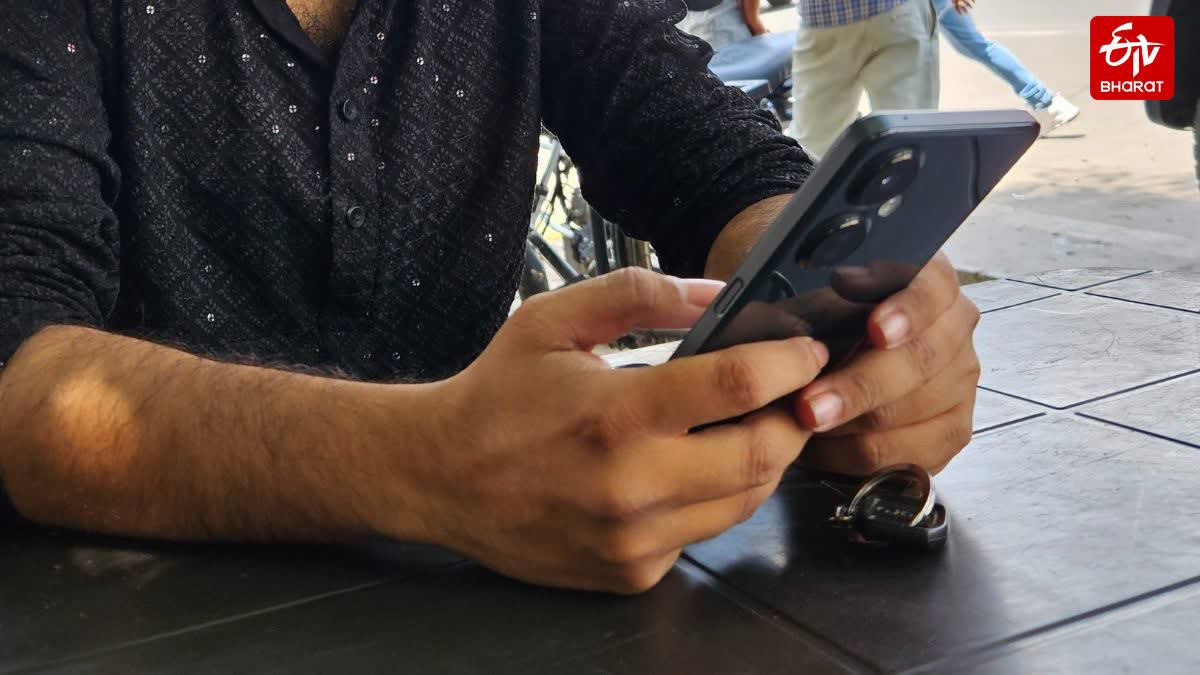New Delhi: The Telecom Regulatory Authority of India (TRAI) has released its long-awaited recommendations on the ‘Revision of National Numbering Plan’, which aims to tackle the increasing demands and challenges in the allocation of telecommunication resources. In today's interconnected digital landscape, numbering resources are vital for uniquely identifying telecom users, services, network elements, and devices, making their effective management crucial for ensuring reliable services.
The Department of Telecommunications (DoT) had previously sought TRAI’s insights to address issues related to the availability of fixed-line numbering resources, which have been strained by the rapid growth in telecommunications. The DoT also requested guidance on fixed-line numbering, short-code resources, M2M (Machine-to-Machine) numbering, number portability, and other related topics.
After thorough consultations, including an Open House Discussion (OHD) in October 2024, TRAI has finalised its recommendations. Here are the key points:
TRAI Recommendations on the Revision of the National Numbering Plan
1. Charges on Numbering Resources: TRAI has opted not to impose any additional financial charges on numbering resources at this time. However, the DoT is encouraged to monitor the annual usage of allocated resources by telecom service providers (TSPs), with the potential to withdraw unutilised resources.
2. Migration of Fixed-Line Services: To alleviate constraints in fixed-line services, TRAI has suggested transitioning from a Short Distance Charging Area (SDCA) to a License Service Area (LSA)-based 10-digit closed numbering scheme. This adjustment is anticipated to release resources currently limited to SDCA levels. Fixed-line calls will now require dialling '0' followed by the STD code and subscriber number, while mobile call patterns will remain unchanged. This new scheme is set to be implemented within six months, with a further transition to a nationwide 10-digit fixed-line scheme within five years.
3. Implementation of Anti-Spam Measures: To tackle unsolicited commercial communications (UCC), spam calls, and Call Line Identification (CLI) spoofing, TRAI has proposed the implementation of Calling Name Presentation (CNAP) services. The Department of Telecommunications (DoT) is encouraged to roll out CNAP services for all SIP and PRI calls that terminate on mobile networks. Furthermore, the CLI Authentication and Distributed Certification Authority frameworks, in accordance with ITU recommendations, should be adopted to combat CLI spoofing.
4. Deactivation of Numbering Resources: TRAI has set a new timeline for deactivating mobile and fixed-line connections. Telecom Service Providers (TSPs) are not allowed to deactivate connections until 90 days of non-usage, and any connections that remain inactive for more than 365 days will be automatically deactivated.
5. M2M Numbering Resources: In light of the rising demand for M2M communications, TRAI has suggested the allocation of 13-digit M2M numbering resources. The DoT is tasked with ensuring that all SIM-based M2M connections using 10-digit numbers transition to the new 13-digit M2M communication series.
6. Allocation of Level-1 Shortcodes: Level-1 shortcodes will be allocated at no cost to government entities only. TRAI also recommends performing annual audits of shortcode usage, with inactive shortcodes being withdrawn after discussions with the relevant user entities.



